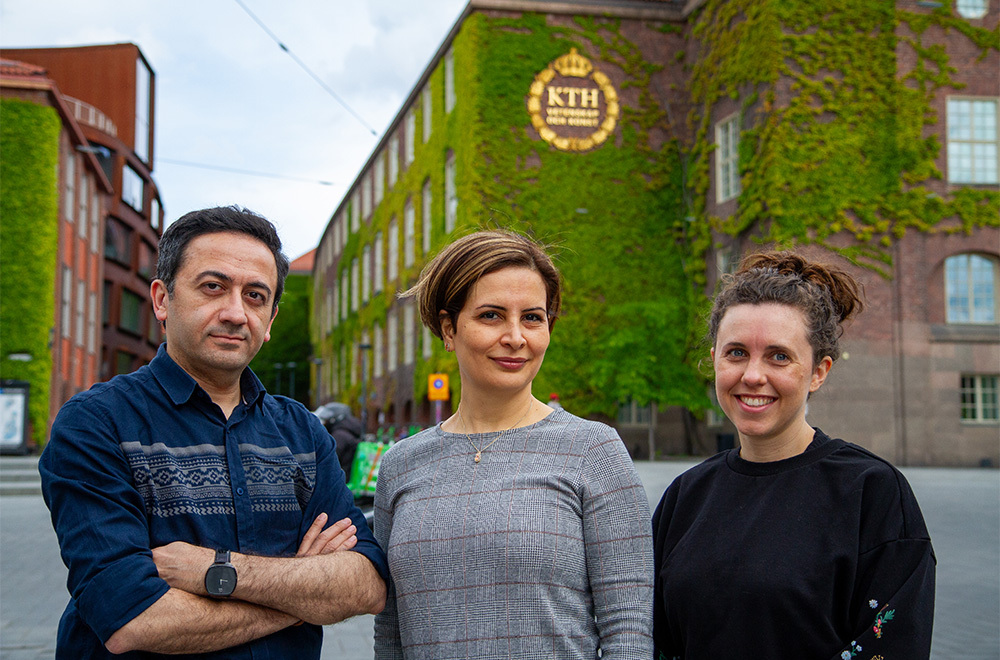KTH project secures major funding to make climate-neutral cities a reality

Urban areas contribute to more than 60 percent of global greenhouse emissions. With cities around the world tackling climate change and extreme weather events, a research initiative at KTH Royal Institute of Technology is taking on the challenge.
The AI-Driven Sustainable Spatial Planning project is led by Professor Zahra Kalantari and her team – Dr. Jessica Page and Doctoral student Amir Rezvani. The project has just secured major funding to help cities move toward climate neutrality.
The project is funded under the programme Smart Built Environment: Digital built environment in practice . Through collaboration between researchers from Stockholm University, MIT, SJTU, UIUC, policymakers, and planners from Region Stockholm and Trelleborg municipalities, the work will accelerate the transition to climate-neutral cities and provide a scalable model for climate action in urban areas worldwide.
“This funding demonstrates a strategic innovation effort in Sweden through the Smart Built Environment programme, which aims to promote digital transformation and sustainable development within the built environment sector,” Zahra Kalantari says. “It also seeks to leverage AI and digital innovations as essential tools for creating sustainable, resilient, and equitable urban environments capable of addressing pressing climate challenges. AI and digital innovation are set to revolutionize urban planning for climate neutrality.”
The project supports Sweden’s climate goals for 2030 and 2045, while also helping to achieve the United Nations’ global goals for sustainable development.
Bringing research results together
“What excites me about this project is its potential to connect advanced spatial analysis and AI technologies with real-world planning needs, especially in smaller cities that are often underserved but equally vulnerable to climate impacts,” Amir Rezvani says.
His work centers on identifying where nature-based solutions, such as wetlands or green corridors, can be most effective for reducing emissions and improving local resilience.
“The project gives us a rare opportunity to test those methods in diverse settings, generate scalable insights, and build tools that not only support Sweden’s climate goals but can also be adapted internationally. It’s a chance to bring science, planning, and innovation together in a way that’s truly actionable,” Rezvani says.
A lot of different pieces of the team’s research can be brought together here – on planning support, AI, carbon-neutral cities, and nature-based solutions.
“We’ve seen some great results from research on each of these, and now we get the opportunity to bring them all together so that they can be applied in practice for holistic, real-world climate action in cities,” Jessica Page says. “This project also allows us to continue the fantastic and productive collaboration we’ve had with Region Stockholm for a number of years now, as well as to establish an exciting new collaboration with Trelleborgs Kommun.”
Text: Åsa Karsberg ( asakars@kth.se ), Photo: Jon Lindhe ( jlindhe@kth.se )
